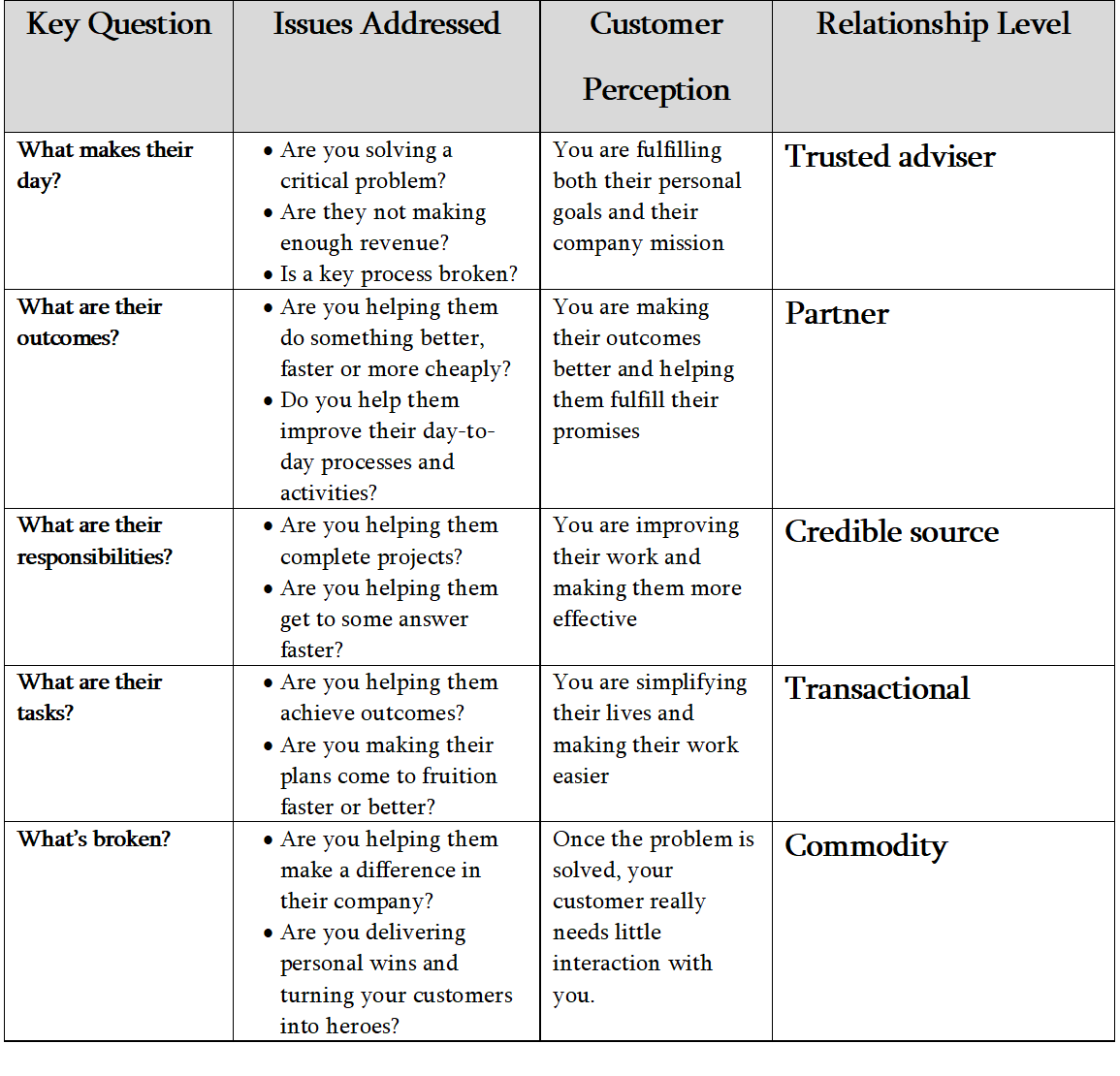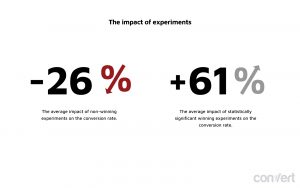— November 7, 2017

geralt / Pixabay
Many B2B businesses either have shifted or are shifting to some form of a recurring revenue model. When they do, one of the first things they learn is that renewals by current customers are just as important as?and often more important than?initial sales. If the customer doesn’t stick around for, typically, three to five years, then you’ve lost money on them.
But renewal rates and recurring revenue seem to be stuck. Companies I work with are ones that have been trying to make a difference. They need to significantly increase renewal rates to achieve the growth their investors demand and their teams want and have been using a variety of tactics to do so. But none of those tactics targeted to recurring revenue seem to make much of a difference.
These companies usually rely on two approaches to maximizing renewals. The first is an activity-driven approach, usually focused on adoption. The intent is to determine which activities your customer performs with your product that tend to lead to renewal and then to build a program to encourage your customers to do more of those activities. The second is a conversion-driven approach, where you ask customers for renewals, maybe making special offers for early renewals or upgrades, and expect a percentage to accept your offer. This is very much like your demand-generation process, where you expect a given conversion rate from a marketing offer.
Both of these are good approaches to building recurring revenue, and they work. But if you’ve spent time trying to improve your renewal rates, then you probably have that gnawing feeling in the back of your brain that wonders why this is so hard and why it takes what seems to be either a patchwork or a Herculean effort to make any significant uptick in renewal rates.
If this sounds familiar to you, you’re missing something: you’re not paying attention to what your customers really needed in the first place. You’re probably working with each customer on a recurring revenue plan for what you think they define as success, which is typically a list of activities you’ve developed that you think, statistically, lead to renewal.
But renewal is not the same as a successful customer. We have all become so programmed to define success as a collection of metrics that we miss out on what we really mean by being successful.
For Recurring Revenue, Know What Customers Really Want
I’ve heard any number of marketers and salespeople say to me that customers buy only two things: cost reductions and revenue increases. You might even hear the (highly coached) customer attest to this in case studies. But this is not what the customer really wants.
To build a strong relationship with your customer and ensure they renew year after year, you need to understand both their concerns at every level and the kind of relationship your customer needs to have with you.
Note that concerns in this context are not worries. Concerns mean the things with which your customer or its people are concerned with, think about, and hope for.
The model I use with my clients surfaces customer needs, concerns, and aspirations in five different ways. It looks at the questions you are asking and about your customer’s business and how you are addressing the concerns and aspirations you identify. This model is based on a model of understanding concerns written by my good friend Jennifer Kenny.
 When you use this model, it’s important not only to understand what your customers need, what they are concerned about, and what their aspirations are, but also what you can actually deliver. You will not be a trusted adviser to all your customers. Some companies will be transactional with all of their customers. Most will have customers at every level of relationship.
When you use this model, it’s important not only to understand what your customers need, what they are concerned about, and what their aspirations are, but also what you can actually deliver. You will not be a trusted adviser to all your customers. Some companies will be transactional with all of their customers. Most will have customers at every level of relationship.
When you understand your customers at this deep level, and you know how you work best with them, you then have an approach to creating, building, and maintaining relationships that will lead to recurring revenue and renewal year after year after year.
Business & Finance Articles on Business 2 Community
(64)






